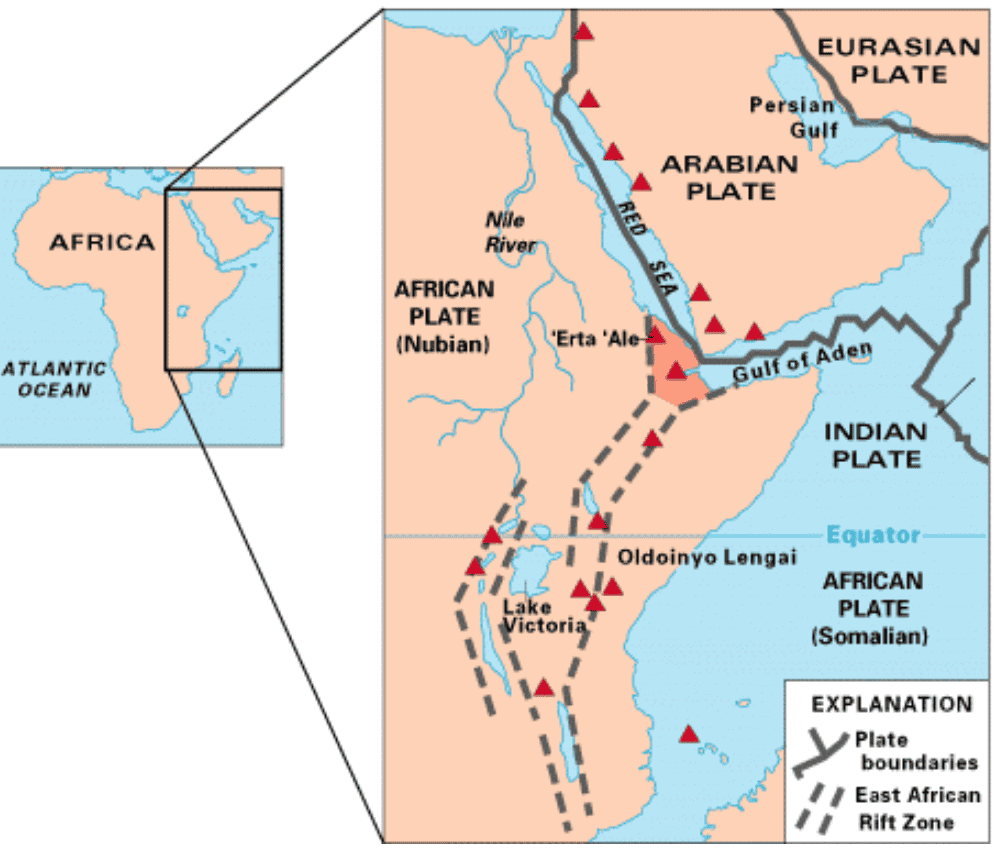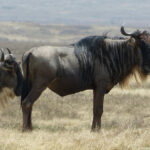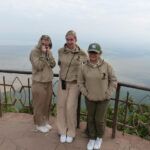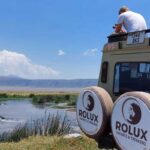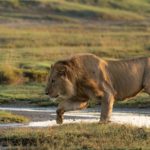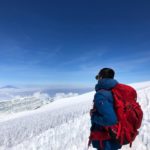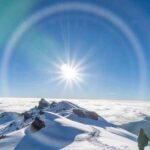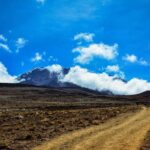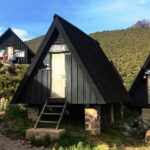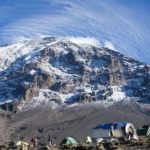Stretching over 6,000 kilometers, the Great Rift Valley runs through Tanzania, revealing a dramatic sculpture etched by tectonic forces. This natural wonder is not only a geographic marvel but also a cradle of human evolution, showcasing fossils that date back millions of years. Such an ancient landscape continues to shape our understanding of geological and biological processes.
The Great Rift Valley plays a pivotal role in the Earth’s dynamic crustal activity, having formed due to the divergent tectonic plate movements approximately 25-30 million years ago. Its unique features include majestic volcanoes, deep lakes, and rich biodiversity, making it a subject of profound geological and environmental significance. Moreover, the valley’s fertile soils have supported human civilizations and diverse wildlife, contributing to its esteemed status among scientists and conservationists.
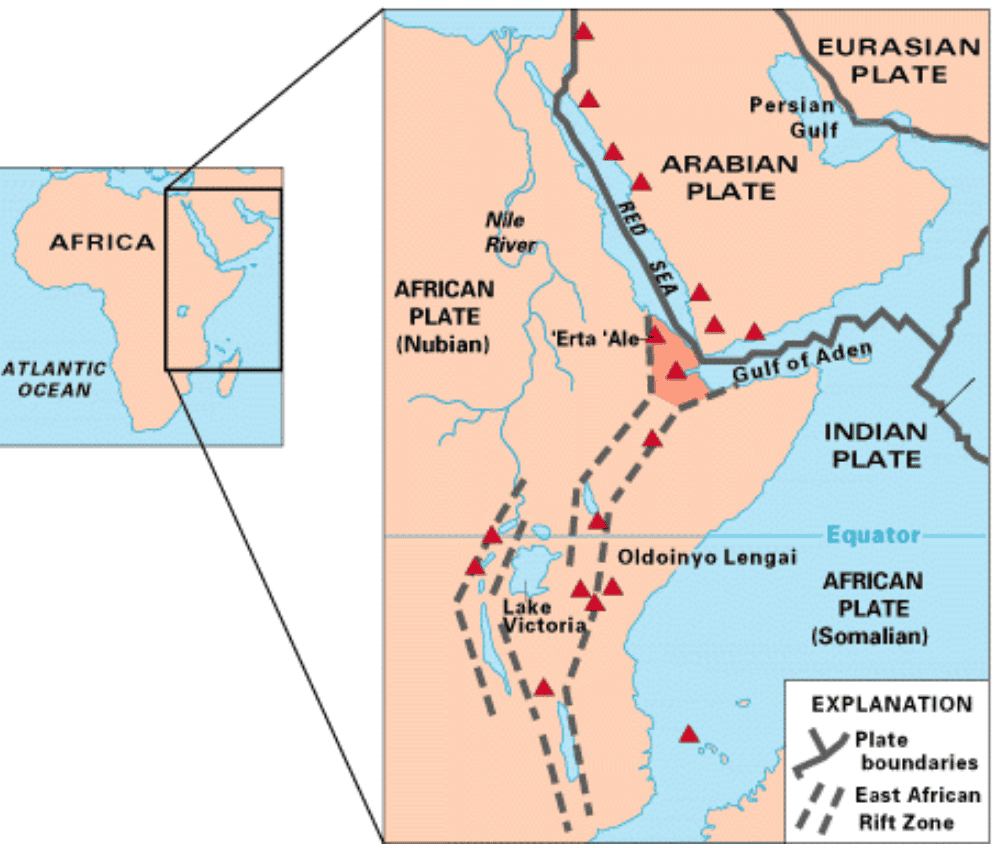
The Geological Birth of Tanzania’s Great Rift Valley
The formation of Tanzania’s Great Rift Valley began around 25 to 30 million years ago. This massive shift happened because of tectonic plate movements. The Earth’s crust began to stretch and thin, causing it to crack. These cracks eventually formed long valleys and steep cliffs. It’s an ongoing process, still shaping the land today.
Over millions of years, volcanic activity added unique features to the landscape. Lava flows created vast plains and highlands. Some of the area’s most iconic volcanoes, like Mount Kilimanjaro and Mount Meru, were products of this activity. These formations attract geologists and tourists alike. The volcanic soil is also very fertile, supporting diverse plant life.
One fascinating aspect is the system of deep lakes formed in the Rift Valley. These lakes, such as Lake Tanganyika and Lake Victoria, are among the deepest and oldest in the world. They hold a rich biodiversity, including unique species of fish. Their waters have also been crucial for local communities. People rely on these lakes for fishing, transportation, and water resources.
Another significant event was the creation of fault lines. These are cracks in the Earth’s surface that continue to move. Earthquakes often occur along these fault lines. The movement creates new landforms, adding to the valley’s dramatic scenery. Scientists study these areas to learn more about Earth’s geologic activity.
Understanding the Tectonic Forces and Timescale
The formation of Tanzania’s Great Rift Valley is rooted in powerful tectonic forces. The Earth’s lithosphere, consisting of the crust and upper mantle, is divided into several large plates. These plates are constantly moving. When they pull apart, it creates tension. This tension causes the crust to break and form new land features.
This process, known as rifting, begins slowly and can take millions of years. The great rift started over 25 million years ago. The massive forces involved can shift entire landscapes. Mountains rise, valleys sink, and new ecosystems emerge. It’s a slow but powerful transformation.
Scientists use various methods to study these changes. One common technique is radiometric dating, which helps determine the age of rocks. This method measures the decay of radioactive isotopes. By dating volcanic rocks, researchers can piece together the timeline of tectonic events. It also provides insight into the speed of these geological processes.
Earthquakes are another key indicator of tectonic activity. The movement of tectonic plates often triggers these natural events. Seismographs record the intensity and location of earthquakes. These data help scientists understand the movement of fault lines. It’s like reading the Earth’s pulse, providing clues about ongoing tectonic shifts.
Key Features and Landscapes of the Rift Valley
The Great Rift Valley in Tanzania is known for its diverse and dramatic landscapes. One of the most striking features is the series of volcanoes, including the towering Mount Kilimanjaro. These volcanoes add to the scenic beauty and are vital for scientific study. The volcanic rock enriches the soil, making the region exceptionally fertile. This fertile land supports a wide variety of flora and fauna.
Deep lakes are another significant feature of the Rift Valley. Lakes like Tanganyika and Victoria are among the oldest and deepest in the world. They serve as essential water sources for local communities. The lakes also support unique ecosystems, including various species of fish found nowhere else on Earth. This biodiversity attracts researchers and tourists alike.
Expansive savannas and grasslands stretch across the valley. These open areas are home to large herds of wildlife such as elephants, zebras, and giraffes. It’s not uncommon to spot predators like lions and hyenas. These landscapes provide excellent opportunities for safaris and wildlife photography. They are a living testament to the rich natural heritage of Tanzania.
Lastly, the Rift Valley is dotted with numerous hot springs, geysers, and alkaline lakes. These geothermal features result from the Earth’s internal heat. They create unique ecological zones that support specially adapted species. Hot springs are often tourist attractions for their therapeutic properties. They add to the valley’s overall geographical diversity.
Significance of the Rift Valley in Biodiversity and Human History
The Great Rift Valley has immense importance for biodiversity. It hosts a range of unique ecosystems, from savannas to forests. These habitats support an incredible variety of plant and animal species. Some species exist only in this region. This biodiversity makes the valley a crucial area for conservation efforts.
This biodiversity is not just beautiful; it’s vital. The plants and animals in the Rift Valley play critical roles in their ecosystems. They help maintain ecological balance. The presence of large predators ensures healthy herbivore populations. Every species serves a specific function.
When it comes to human history, the Rift Valley is a treasure trove. Fossils discovered here shed light on our ancestors. Sites like Olduvai Gorge have provided some of the earliest evidence of human life. These discoveries help us understand human evolution. The valley is often called the “Cradle of Mankind.”
The valley has also been home to various human cultures over millennia. Ancient tools and artifacts found here give insights into early human life. Tribal communities still live in the region today. They maintain their traditional lifestyles, connected closely to the land. This long human history makes the valley significant for both archaeology and anthropology.
The valley’s natural resources have sustained human and wildlife populations for thousands of years. Fertile soils allow for agriculture. Rivers and lakes offer water and fish. The landscape itself aids in transportation and settlement. These resources have been essential in the development of civilizations.
Finally, tourism in the Rift Valley brings economic benefits. Visitors come to see its wildlife, landscapes, and archaeological sites. Tourism creates jobs and supports local economies. It also raises awareness about the importance of conservation. Protecting this area is vital for future generations.
Key Takeaways
- The Great Rift Valley formed over 25 million years ago.
- It was created by tectonic plate movements.
- The valley features volcanoes, deep lakes, and diverse ecosystems.
- It’s crucial for studies in geology and human history.
- The valley supports many unique plant and animal species.

